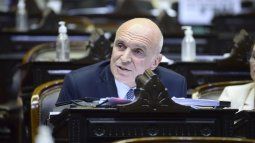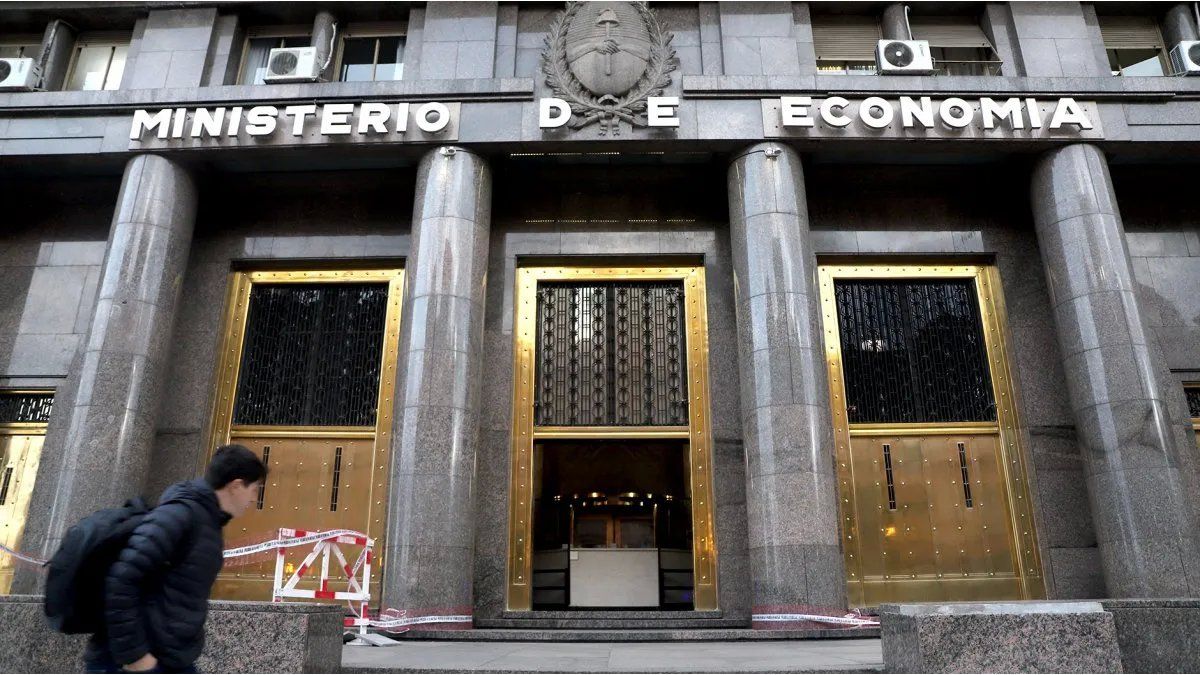April’s tax collection fell by almost 8% in real terms, while spending in the second week contracted 24%. They warn that it is not enough to correct the imbalance.
The poor result of the collection in April anticipates that the fiscal deficit for the month will continue to rise, as it has been doing since the beginning of the year. It is mainly due to the impact of the drought on export withholdings, the collapse of which cannot be offset by the corrections being made by the Palacio de Hacienda on the spending side. The market estimates that in the first quarter the primary deficit reached 0.65% of the Gross Domestic Product (GDP), which in itself puts the target for the second quarter, which is 0.8%, at risk.
The content you want to access is exclusive to subscribers.
“The drop in collection confirms that the fiscal imbalance in April was relevant and explains the search for financing to cover it,” says the brokerage company Portfolio Personal Inversiones (PPI). The entity established an approximation to the result, which will be officially announced on May 22, based on the net financing obtained last month. They were $372,237 million, which is made up of $272,237 million obtained in the bidding for Treasury bills and another $100,000 million that the Central Bank contributed with a Temporary Advance.


“We assume that the primary deficit for April would have been higher than those for January, February and March, since, as usually happens, the imbalance grows as the year goes by,” indicates PPI. The Alyc maintains that “in the first quarter of the year the primary deficit was very much in line with net financing”. In that period, the red was $689,000 million, which is equivalent to 0.42% of GDP. “If so, the primary imbalance would continue to deepen to 0.65% of GDP,” the report added.. For this reason, the entity considers that “the fiscal deficit is on track to significantly exceed the fiscal goal of 0.8% by the end of the second quarter and it is consistent with the path traced in 2015 and 2017, when the red of the year reached 3.8%”.
On Tuesday, the AFIP reported the collection data for April. It was possible to compute $2.5 trillion with a nominal increase of 90% but with a real fall of 7.8%according to Argentine Institute of Fiscal Analysis. Nadín Argañaraz, the entity’s director, pointed out that the drop is due to the reduction in export rights. The economist estimates that the income generated by export rights for the first quarter is equivalent to 0.13% of GDP, which is the lowest level in the last 5 years. “Taking into account all foreign trade, collection was 0.29% of GDP, also the lowest collection in the last 5 years.”
The meager result of tax collection is forcing the Minister of Economy, Sergio Massa, to speed up corrections in spending that have been delayed since last year and that are a requirement of the International Monetary Fund (IMF). The agency’s main claim is to gradually eliminate rate subsidies, something the government announced over the weekend. It is an almost essential sign to show that the imbalance in public accounts is reducing to unlock funds from the body. In that sense, The consulting firm Analytica indicated in its latest spending adjustment monitor that it fell 24% in real terms in the second week of April, economic subsidies fell 22%, while family allowances fell 61%.
Source: Ambito




